Keys to a Successful and Timely Software Implementation: Part 1
Home / Keys to a Successful and Timely Software Implementation: Part 1
This is a guest article from Virtual Systems, a valued BCC Software partner.
Even the best software can be met with implementation and acceptance resistance if the process is not managed well enough from the beginning. There are key effective roles and strategies that support a successful implementation, which also allows you to better evangelize the new software to improve staff acceptance.
After helping hundreds of Virtual Systems customers implement new software or migrate to new software systems, we identified two critical components to a successful process: the right people in specific roles, and creating and sharing a vision. In this blog we discuss the need for implementation leadership to support the software transition process.
The Roles
The first key to a successful implementation is clearly defined and designated roles. This process designates primary leaders and allows everyone to understand who is responsible for various functions. Primary roles include:
1) Champion – Select the person with the right mindset and level of authority to serve as champion for the software implementation. Key traits for a successful champion are that they:
- Want to be in charge of implementing the software
- Has authority to drive process change within the organization
- Has the rapport and trust most or all key users of the system
- Has buy-in from upper management for this project
- Has the ability to obtain budget for additional implementation items if they arise, i.e. custom reports, widgets, and additional onsite consulting if needed
- Is more of a big picture person than detail oriented. Details count, but the big picture comes first and should always wins out when it comes to implementing ERP systems:
- Is a highly knowledgeable user of the software. The more savvy they are on the capabilities of the program, the more likely they are to build confidence with users during the migration, and
- Has the available time or can make the time necessary to perform the roles mentioned above
2) Technical Contact – This person is highly savvy with computers and systems in general. They are capable of troubleshooting network issues, Internet bandwidth, PC/Mac problems, printer issues, and more. This person must be capable of setting up devices such as shop floor iPads and video displays and have the ability to customize reports.
3) Implementation Pilot Group – select a small group of people involved early in the process to help support and drive the change process from within their own departments. Group members might include the owner, sales manager, CSR manager, DP manager, general manager, controller, warehouse manager, and/or production manager. Keep this group as small as possible and limit participants to those interested in being a part of the change and improvements. This group will get early access to the software and have the opportunity to create meaningful change within the organization.
The person in each role should understand their responsibilities to the implementation and make a firm commitment to fulfill them.
Bottom Line
Implementing new software or migrating from an older platform to a new one can be daunting at every organizational level. Make it as easy as possible for the entire company by placing the right people in key roles to serve as leaders, mentors, and technical support to improve employee buy-in.

